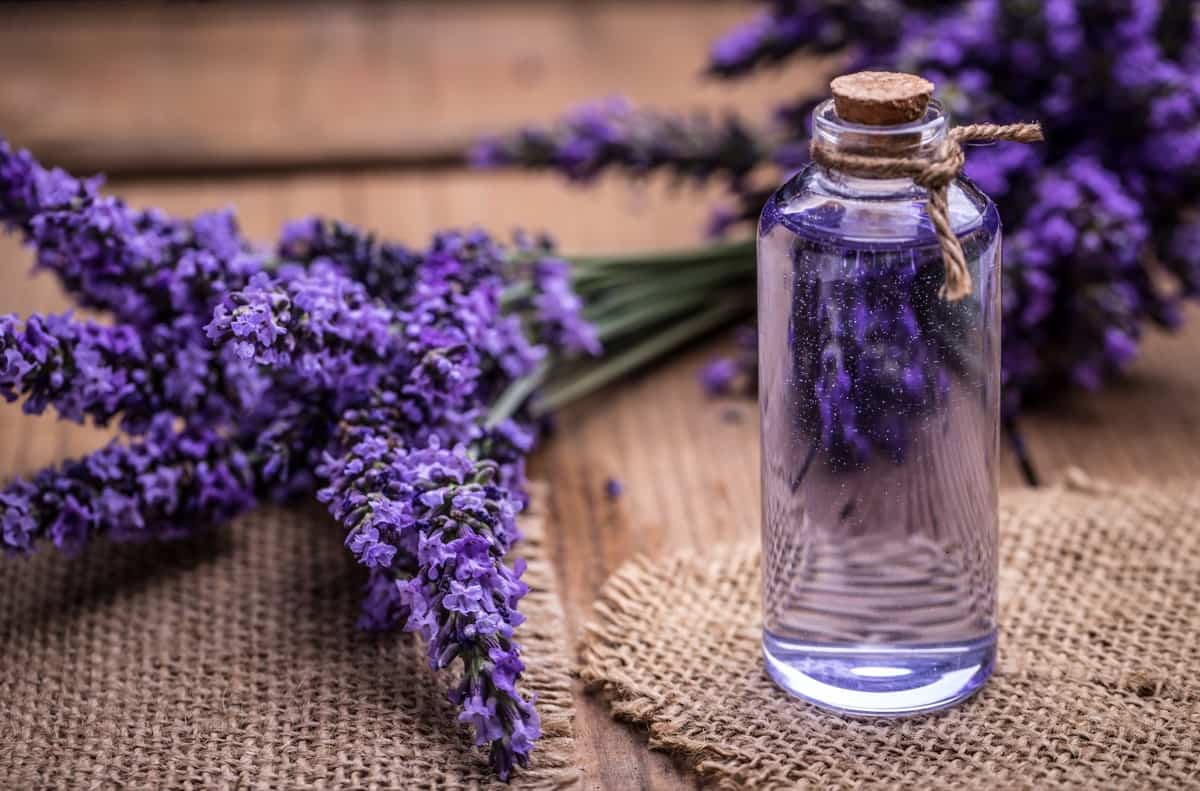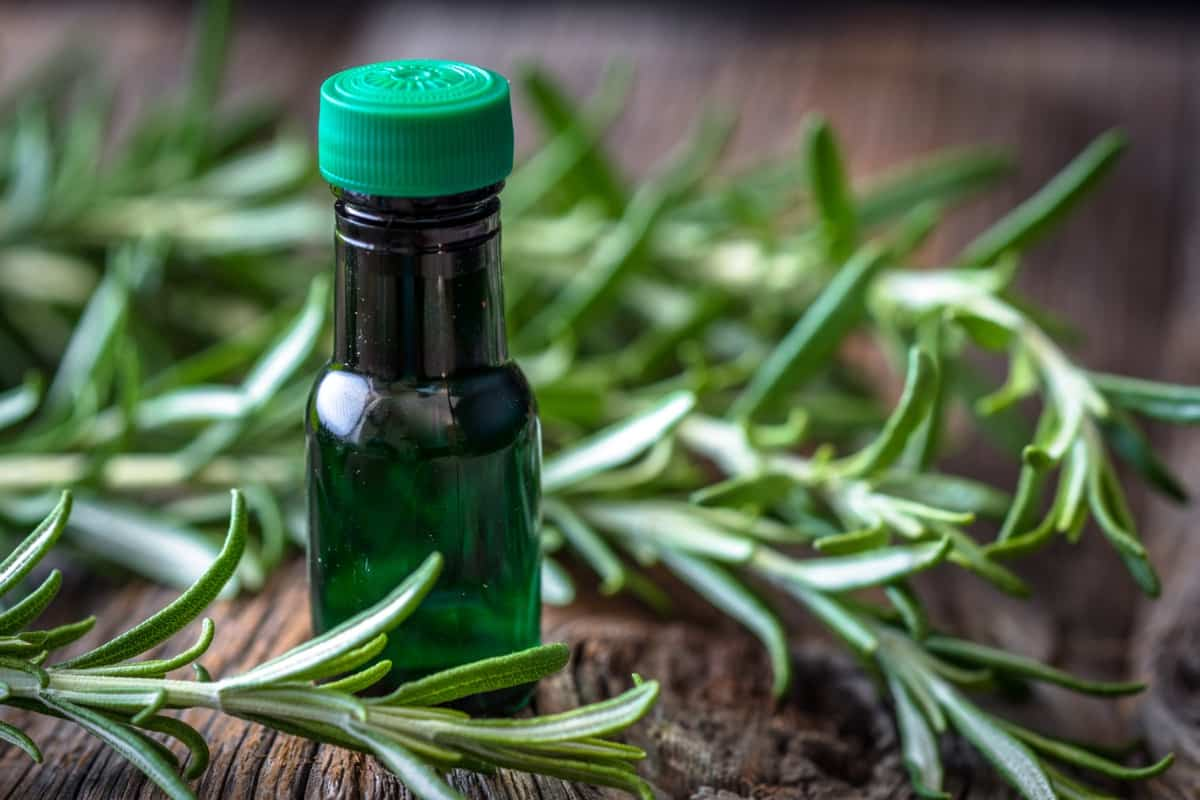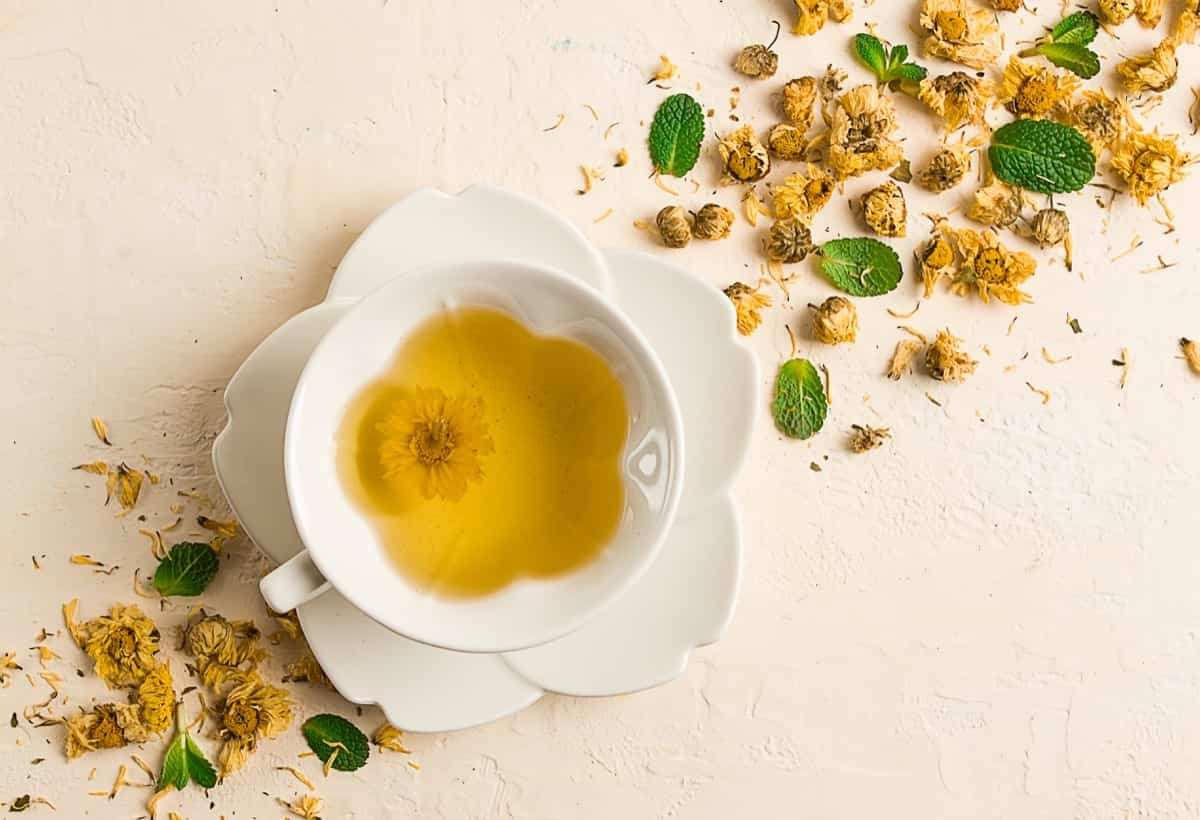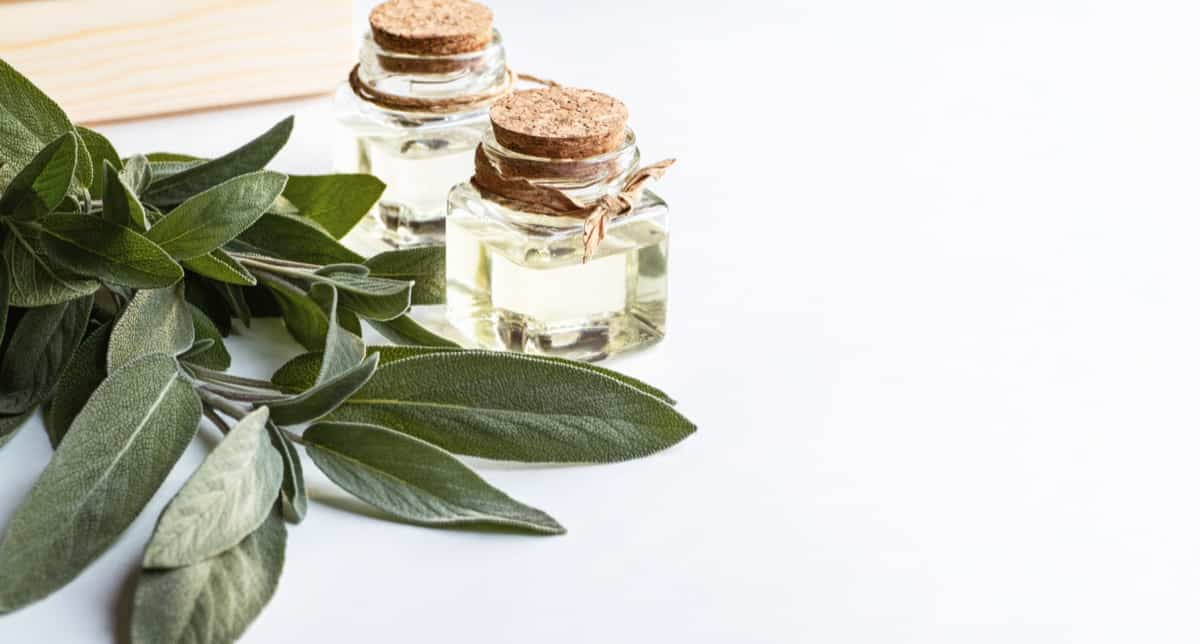Welcome to our blog on DIY Home Remedies to Control Pests in your Home Garden! Are you tired of dealing with damaging insects and pests that wreak havoc on your plants? Look no further! This article will share a collection of simple and effective home remedies you can easily make and use to keep your garden pest-free without harsh chemicals. From neem oil spray to garlic and pepper spray, each remedy targets specific pests like aphids, caterpillars, ants, and more. We’ll provide accurate information and easy-to-follow instructions, so you can protect your garden plants and enjoy home gardening.
DIY Home Remedies to Control Pests in Home Garden
Lavender Oil Spray
- Lavender oil spray is a homemade spray made from a mix of water and lavender essential oil.
- To make the spray, you will need the following ingredients: water, lavender essential oil, and a small amount of mild liquid soap (optional).
- To prepare the DIY homemade spray, combine water and 2-4 drops of lavender essential oil in a spray bottle. If desired, add a small amount of mild liquid soap, as it can help the spray adhere to the plant surfaces.
- Due to the strong scent of lavender oil, the spray works by repelling and deterring pests such as moths, fleas, and mosquitoes.
- Lavender oil spray is primarily effective in targeting moths, fleas, and mosquitoes.
- After making the spray, store it in a cool, dark place away from direct sunlight. Using the spray within a few weeks is recommended to ensure its effectiveness.
- The best time to apply Lavender Oil Spray is in the early morning or late evening when the temperature is cooler. Apply a fine mist spray to the leaves and stems of the plants, ensuring thorough coverage without soaking the plants.
- The amount of spray to use depends on the size of your garden and the infection of the pest problem. Start with a small amount and increase as needed, ensuring all parts of the plants are adequately covered.
- The benefits of using Lavender Oil Spray include natural pest control, a pleasant aroma in the garden, and the avoidance of harsh chemicals commonly found in commercial pesticides.
In case you missed it: DIY Home Remedies to Control Diseases in Home Garden: Recipe Preparation and Use for Organic Benefits

Onion Spray
- Ingredients: To make Onion Spray, you’ll need the following ingredients: 2 medium-sized onions, 4 cups of water, a Blender or food processor, and a Strainer or cheesecloth.
- Making: Chop the onions into small pieces. Place the chopped onions in a blender or food processor. Add water and blend until you get a smooth mixture. Strain the mix using a strainer or cheesecloth to remove any solids.
- Working: Onion Spray works by repelling pests and inhibiting the growth of certain diseases. It contains compounds that pests find unpleasant, making them less likely to infest your plants. It also has antimicrobial properties that can help prevent the spread of diseases.
- Target pests: Onion Spray can effectively control pests such as aphids and caterpillars. It may also provide some protection against fungal diseases.
- Storage: Store Onion Spray in a tightly sealed container in a cool, dark place. It is best to use it within a week for optimal effectiveness.
Best time to apply and usage: Apply Onion Spray in the early morning or late evening to avoid direct sunlight. Thoroughly spray the solution on the affected plants, ensuring good coverage. Repeat the application every 7-10 days or after rainfall.
Benefits of using Onion Spray: Natural and chemical-free alternative for pest control. Safe for plants, humans, and beneficial insects. Cost-effective and easy to make at home.
Neem Oil Spray
Neem oil spray is a natural and effective solution derived from neem tree seeds. It suffocates and disrupts pests by coating their bodies, obstructing breathing pores, and deterring feeding and egg-laying. It controls different garden pests like aphids, whiteflies, mealybugs, scale insects, and fungal diseases such as powdery mildew.
Mix neem oil, water, and small dish soap as an emulsifier to make a DIY neem oil spray. Store it in a cool, dark place, shaking well before use. Apply in the early morning or late evening, ensuring thorough coverage on both sides of the leaves. Garlic spray, made by blending garlic cloves, water, and sometimes dish soap, is repellent to pests like aphids, caterpillars, and ants.
It confuses insects with its strong odor, disrupting their feeding and breeding patterns. Garlic spray also has fungicidal properties and sulfur compounds that promote plant health and growth. Apply it in the same manner as neem oil spray, avoiding excess moisture on leaves. These DIY remedies offer natural, eco-friendly pest control for your home garden.
Chili Pepper Spray
Chili Pepper Spray is a natural insecticide made from chili peppers, water, and dish soap. You will need fresh chili peppers, water, and 2-4 drops of liquid dish soap to make the spray. To make the diy homemade chili pepper spray, chop the chili peppers into small pieces. Then, add them to a pot of water and bring them to a boil.
Let it simmer for about 15 minutes, then remove the heat and allow it to cool. Strain out the mixed liquid into a spray bottle, add 2-3 drops of liquid dish soap, and shake well. The spray uses the active ingredient in chili peppers, capsaicin, which is a natural deterrent for pests. When insects come into contact with the spray, it irritates their sensory receptors, repelling them and preventing further damage to your plants.
In case you missed it: Hybrid Chilli Yield Red and Green Per Acre in India

Chili Pepper Spray can control many pests, including aphids, caterpillars, and beetles. It is best to store the spray in a cool, dark place like a cupboard or refrigerator to maintain its effectiveness. The spray can be applied in the early morning or late evening when the weather is cooler and the sun is less likely to burn the plants. Use a fine mist sprayer to evenly distribute the spray on the leaves upper and lower surfaces.
The amount of spray you should use depends on the size of your garden and the severity of the pest infestation. Start with a small amount and observe the effects. If necessary, you can increase the concentration or frequency of application. Using garlic spray has several benefits, including repelling pests like aphids, caterpillars, and ants. It is a natural and safe alternative to chemical pesticides, and it can also help improve the overall health of your plants by boosting their natural defenses against pests and diseases.
Garlic and Pepper Spray
Garlic and Pepper Spray is a popular DIY pest control solution for your home garden. It is an all-natural spray made from garlic cloves, hot peppers (such as cayenne or chili peppers), water, and liquid soap. To make this homemade spray, you will need around ten garlic cloves, two hot peppers, 1 liter of water, and a teaspoon of liquid soap.
The process involves blending the garlic and peppers with water, straining the mixture, and adding liquid soap as an emulsifier. The spray emits a strong odor and taste that repels many pests, including aphids, caterpillars, whitefly, and ants. It can also help in controlling fungal diseases. To store the spray, pour it into a spray bottle and keep it in a cool, dark place.
The best time to apply the spray is in the early morning or late evening when the pests are most active. Use enough spray to thoroughly coat the plants, ensuring the leaves’ tops and bottoms are covered. The benefits of using garlic spray include its natural and safe composition, affordability, and effectiveness in deterring pests without harming beneficial insects.
Salt Spray
- Salt spray is a natural DIY home remedy used to control pests in the garden. Ingredients Needed are Water, Table salt (sodium chloride), and a Spray bottle.
- DIY Homemade Spray: Mix 2 tablespoons of table salt in 1 gallon of water. Stir the solution until the salt dissolves completely. Pour the mix into a spray bottle for easy application.
- How Spray Works: Salt spray dehydrates and desiccates the pests, causing them to die.
- Target Pests: Salt spray can control spider mites and soft-bodied insects like aphids and slugs.
- Storing the Spray: Store the spray in a dry, cool place, away from direct sunlight and out of reach of children and pets.
- Best Time to Apply and Usage: Apply the spray early or late afternoon for the best results. Use the spray sparingly to avoid harming the plants; a light misting is usually sufficient.
In case you missed it: How to Make Homemade Fertilizers: Recipes for Banana Peels, Scraps, Coffee Grounds, Epsom Salt, Eggshells, and Grass Clippings

Epsom Salt Solution
- Epsom salt solution is a DIY home remedy used to control pests in the garden.
- You will need epsom salt (magnesium sulfate) and water to make the spray.
- To prepare the DIY homemade spray, dissolve two tablespoons of Epsom salt in 1 liter of water. Mix thoro-lie until the salt is completely dissolved.
- The spray works by dehydrating and suffocating pests on contact.
- The epsom salt solution can help control the garden’s pests, such as slugs and snails.
- Store the spray in a labeled container in a cool, dry place away from direct sunlight.
- The best time to apply the spray is in the early morning or late evening when the pests are active. Apply enough spray to cover the affected areas without saturating the plants.
- The benefits of using garlic spray include repelling pests such as aphids, caterpillars, and ants. It is a natural deterrent that can be easily made at home and is safe for plants and the environment.
Oil and Soap Spray
- Oil and soap spray is a DIY home remedy to control garden pests. It is a mixture of vegetable oil, dish soap, and water.
- To make oil and soap spray, you will need Two tablespoons of vegetable oil, 2-4 drops of dish soap, and 1 gallon of water.
- Combine the vegetable oil and dish soap in a spray bottle to make the spray. Shake well to mix the ingredients. Then, add the water and shake again.
- Oil and Soap Spray works by suffocating and dehydrating the pests. When sprayed on insects, the oil clogs their breathing pores, leading to their eventual demise.
- The spray targets a variety of pests, including aphids, mites, and mealybugs. It is effective against soft-bodied insects.
- To store the spray, keep it in a cool and dry place. It is recommended to label the bottle for future reference.
- The best time to apply the spray is early morning or late evening when the temperature is cooler. Apply the spray directly to the affected plants, covering both the leaves’ upper and lower surfaces.
- Use the spray sparingly and avoid over-application. A light misting is usually sufficient.
- The benefits of using Oil and Soap Spray include its effectiveness in controlling pests, its affordability compared to chemical pesticides, and its non-toxic nature, making it safe for the environment and beneficial insects.
Rosemary Spray
Rosemary Spray is a homemade DIY solution used to control pests in the garden. It is made from natural ingredients and is easy to prepare. To make the spray, you will need the following ingredients: fresh rosemary leaves, water, and a spray bottle. The process involves steeping the rosemary leaves in boiling water, allowing it to cool, and then straining the liquid into a spray bottle.
In case you missed it: How to Grow Rosemary in USA: Soil, Propagation, Planting, Care, and Farming Tips

The spray emits a strong aroma that repels pests like flies, mosquitoes, and cabbage moths. To store the spray, keep it in a cool, dark place. The best time to apply the spray is in the morning or evening, and you should use enough to coat the leaves of your plants lightly.
Garlic Spray
Garlic spray is a natural and effective DIY solution for pest control in your home garden. To make garlic spray, blend garlic bulbs with water, strain the mixture, and add a small amount of liquid dish soap. When applied to plants, the strong odor of garlic repels pests like aphids, caterpillars, and ants while acting as a natural fungicide against fungal diseases. The spray forms a barrier that pests find unpleasant, deterring them from feeding on your plants.
Store the garlic spray in a sealed container in a cool, dark place and use it within a week for optimal effectiveness. Apply the spray in the early morning or late evening, covering both sides of the leaves. Use it sparingly to avoid harming the plants. The benefits of garlic spray include its eco-friendly, non-toxic nature, affordability, and ease of preparation. It provides an organic alternative to chemical pesticides, ensuring a healthy and pest-free garden environment for you and beneficial insects.
Chrysanthemum Tea Spray
- Chrysanthemum Tea Spray is a homemade pest control solution made from steeping dried chrysanthemum flowers in water.
- Ingredients needed to make the spray include dried chrysanthemum flowers and water.
- To make the DIY homemade spray, steep a handful of dried chrysanthemum flowers in boiling water, then strain the mixture and let it cool.
- The spray utilizes the natural insecticidal properties of chrysanthemum flowers, specifically a pyrethrum compound, which acts as a repellent and insecticide.
- The spray can control various pests, such as aphids, beetles, and spider mites.
- Store the spray in a tightly sealed container in a cool, dark place to maintain effectiveness.
- The best time to apply the spray is during the early morning or late evening when pests are most active. Apply enough spray to coat the affected plants thoroughly, but avoid over-saturating them.
In case you missed it: Greenhouse Chrysanthemum Farming Cost and Profitability Analysis

Eucalyptus Leaf Spray
Eucalyptus Leaf Spray is a homemade DIY solution made from eucalyptus leaves that acts as a natural insect repellent and antifungal agent. It is created by boiling eucalyptus leaves in water, straining the mixture, and transferring it to a spray bottle. This spray emits a strong scent that insects find repulsive, effectively deterring pests such as aphids, caterpillars, and whiteflies. It also helps control fungal diseases in the garden.
The spray should be stored in a cool, dark place and used within a few weeks for optimal potency. The best time to apply the spray is early morning or late evening, ensuring thorough plant leaf and stem coverage. Eucalyptus leaf spray offers various benefits, including its eco-friendliness, safe use around children and pets, and its ability to maintain a healthy garden by controlling pests and preventing the spread of diseases.
Sage Spray
- Sage spray is a DIY homemade solution made from sage leaves and water, used to control pests in the garden.
- The ingredients needed to make sage spray are fresh or dried sage leaves and water.
- To make DIY sage spray, follow these steps: Boil water, add sage leaves, let it steep and cool, strain the mixture, and transfer it to a spray bottle.
- Sage spray releases compounds that repel and deter pests, acting as a natural deterrent.
- The spray targets cabbage moths, carrot flies, and slugs.
- Store sage spray in a cool, dark place away from direct sunlight to maintain effectiveness.
- The best time to apply sage spray is early morning or late afternoon. Apply enough spray to lightly coat the plants lightly, ensuring thorough coverage.
- Benefits of using sage spray include natural pest control, avoidance of harmful chemicals, and preservation of plant health.
In case you missed it: The Best Lawn Grass Fertilizers Guide: Nourishing with Organic, Slow Release, Natural, and Quick Release Fertilizers

Conclusion
DIY home remedies provide an effective and natural way to control pests in your home garden. With many options available, you can protect your plants from unwanted insects and diseases without resorting to harsh chemicals.
- Modern Sheep Farming Technology: The Future of Sheep Husbandry
- Goat Farming Technology: The Future of Goat Husbandry
- How to Build a Low-budget Goat Shed: Cheap Ideas and Tips
- Goat Farming Training Programs in India: A Beginner’s Guide
- Types of Pesticides Used in Agriculture: A Beginner’s Guide
- Economical Aquaculture: A Guide to Low-Budget Fish Farming
- 15 Common Planting Errors That Can Doom Your Fruit Trees
- How to Make Houseplants Bushy: Effective Tips and Ideas
- Innovative Strategies for Boosting Coconut Pollination and Yield
- Pollination Strategies for Maximum Pumpkin Yield
- The Complete Guide to Chicken Fattening: Strategies for Maximum Growth
- Natural Solutions for Tulip Problems: 100% Effective Remedies for Leaf and Bulb-Related Issues
- Revolutionizing Citrus Preservation: Towards a Healthier, Greener Future
- Natural Solutions for Peony Leaf and Flower Problems: 100% Effective Remedies
- Maximizing Profits with Avocado Contract Farming in India: A Comprehensive Guide
- Natural Solutions for Hydrangea Problems: 100% Effective Remedies for Leaf and Flowers
- The Ultimate Guide to Choosing the Perfect Foliage Friend: Bringing Life Indoors
- From Sunlight to Sustainability: 15 Ways to Use Solar Technology in Agriculture
- The Ultimate Guide to Dong Tao Chicken: Exploring from History to Raising
- The Eco-Friendly Makeover: How to Convert Your Unused Swimming Pool into a Fish Pond
- Mastering the Art of Delaware Chicken Farming: Essentials for Healthy Backyard Flocks
- 20 Best Homemade Fertilizers for Money Plant: DIY Recipes and Application Methods
- How to Craft a Comprehensive Free-Range Chicken Farming Business Plan
- Brighten Your Flock: Raising Easter Egger Chickens for Beauty and Bounty
- How to Optimize Your Poultry Egg Farm Business Plan with These Strategies
- Subsidy for Spirulina Cultivation: How Indian Government Schemes Encouraging Spirulina Farmers
- Ultimate Guide to Raising Dominique Chickens: Breeding, Feeding, Egg-Production, and Care
- Mastering the Art of Raising Jersey Giant Chickens: Care, Feeding, and More
- Ultimate Guide to Raising Legbar Chickens: Breeding, Farming Practices, Diet, Egg-Production
- How to Raise Welsummer Chickens: A Comprehensive Guide for Beginners
- How to Protect Indoor Plants in Winter: A Comprehensive Guide
- Ultimate Guide to Grow Bag Gardening: Tips, Tricks, and Planting Ideas for Urban Gardeners
- Guide to Lotus Cultivation: How to Propagate, Plant, Grow, Care, Cost, and Profit
- Agriculture Drone Subsidy Scheme: Government Kisan Subsidy, License, and How to Apply Online
- Ultimate Guide to Raising Araucana Chickens: Breed Profile, Farming Economics, Diet, and Care
- Bringing Hydroponics to Classroom: Importance, Benefits of Learning for School Students